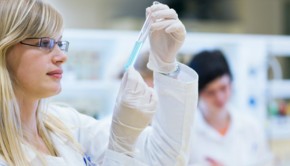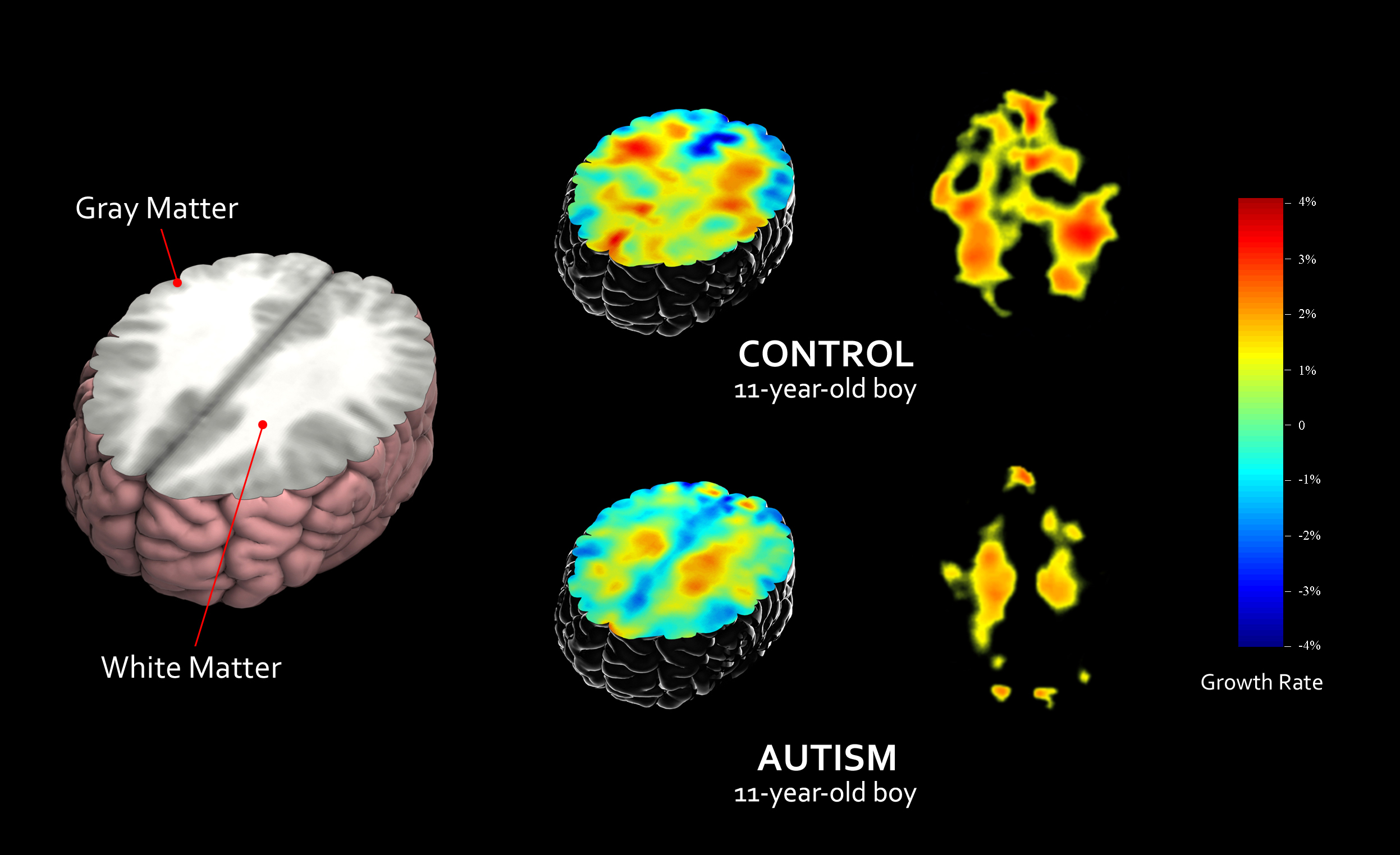Most dangerous Irish counties for driving revealed by RSA


CONCERN AS MONAGHAN’S FATALITY RATE IS THREE TIMES THE NATIONAL AVERAGE.
THE most dangerous counties in which to drive have been revealed by the Road Safety Authority (RSA).
WARNING GRAPHIC CONTENT: NORTHERN IRELAND DOESN’T MESS AROUND WITH ITS ROAD SAFETY ADVERTS
* There has been a 44% reduction in road fatalities since 2007, with the greatest declines in Clare and Louth, down 83% and 75% respectively.
* The only counties where increases were recorded in the same period were Kildare and Monaghan, which rose 15% and 33%. There was no change in Offaly.
* Expressed as a proportion of population, Monaghan, Kerry and Donegal had the highest fatality rates in 2013.
* The lowest death rates are in Dublin and Clare.
* The sharpest drops in fatalities between 2007 and 2013 were among cyclists, down 67pc, goods vehicle drivers (66%) and pedestrians (62%).
* A total of 1,605 people died on the roads in the period studied.
* The death rate among car drivers in Cork has remained largely unchanged over the six years – 14 died in 2007, and the same number again in 2013.
RSA chief executive Moyagh Murdock said drivers and all road users had to “redouble” their efforts to reduce the number of fatalities and serious injuries.
She said: “We must all collectively accept greater responsibility for our own safety by becoming custodians and champions for safety on the road.
“If we all redouble our efforts in 2014, there is no reason why we can’t make Ireland’s roads the safest in the world.”
The European Transport Safety Council’s eighth Road Safety Performance Index report says that Ireland, Sweden, Norway and the UK have the lowest death rates across Europe, which is based on the number of journeys taken.
But it has expressed concern about an increase in fatal collisions, saying the cost of each runs to €1.91m per fatality, and that countries should “take into account” the financial savings that would accrue if deaths were reduced.
Ireland’s fourth road safety strategy aims to reduce road deaths to 124 or fewer per year by the end of 2020.
Children born after fertility treatment ‘more likely to be autistic and schizophrenic’
Scientists with the University of Copenhagen studied 2.4million children over 40-year period.
Scientists with the University of Copenhagen studied 2.4million children over 40-year period
Children born to women with fertility problems have a 33 per cent greater risk of suffering with mental illness, a study has claimed.
The research looked at 2.4million children in Denmark between 1969 and 2006, comparing those who were born to women with registered fertility problems with those who weren’t. Of the total amount, five per cent – or 124,000 – were.
All of them were analysed alongside the 95 per cent group, over an average period of 20 years until 2009.
It was found that overall, 170,000 children were hospitalised for a psychiatric disorder, with those born to women with fertility problems “found to have a 33 per cent greater overall risk of any defined psychiatric disorders,” scientists said.
The study was led by Dr Allan Jensen at the University of Copenhagen, and the results will be presented at the European Society of Human Reproduction and Embryology’s annual meeting today.
The team also found that there were “significant hazard ratios” for certain psychiatric disorders such as schizophrenia and psychoses with a 27 per cent higher risk; anxiety and other neurotic disorders with a 37 per cent higher risk; ADHS at a 40 per cent higher risk; and a 22 per cent higher risk for mental development disorders such as autism.
After examining diagnoses during a person’s childhood and teenage years compared with those who were 20-years-old plus, researchers found that the risk was unchanged, showing that it persists into adulthood.
The team were unable to determine whether the risk was associated with specific fertility treatment or whether it had to do with the mother’s genetic or biological infertility.
Dr Jensen calculated that 1.9 per cent of all diagnosed psychiatric disorders in Denmark are linked to the mother’s infertility, which “in my opinion,” Dr Jensen said, “supports our interpretation of the results – that the increased risk is real but modest.”
He said that the risks should be “balanced against the physical and psychological benefits of a pregnancy.”
“It is generally believed that underlying infertility has a more important role in adverse effects in the offspring than the treatment procedures.
“It is known, for example, that psychiatric disorders to some degree have a genetic component. It is perhaps thus likely that that these damaged genes coding for psychiatric diseases are overrepresented in women with fertility problems, and, if transferred to their offspring, this may at least partly explain the increased risk of psychiatric diseases.”
The study on the link between fertility and risk of psychiatric disorders is the largest to date, the researchers claim.
71 Murders in Ireland to date an increase of 30%
FIGURES SHOW 71 PEOPLE WERE MURDERED IN THE FIRST QUARTER OF THIS YEAR.
Ireland’s murder rate has soared despite an overall drop in most types of crime across the country.
Latest official figures show 60 people were murdered between March last year and the same month this year.
The figure is up more than 36% – from 44 – for the same period the previous year.
Overall, killings – which include manslaughter and dangerous driving leading to death – have increased by more than a fifth (23%).
However, continuing the trend of recent years most types of criminal activity have dipped.
Recorded sex offences, threats, negligence, robbery, burglary, fraud, deception, weapons offences and public order offences have all come down.
There was a more than 6% rise in kidnapping and related offences, the Central Statistics Office (CSO) report shows.
Theft is also on the up, by more than 2% over the same period.
There was also a very slight rise in drugs offences.
The sharpest decrease in criminal activity was among damage to property and the environment, down almost 9%; weapons and explosives offences, down nearly 8%; and a 6% drop in attempts or threats to murder, assault or harassment.
Acting Garda Commissioner Noirin O’Sullivan said the large increase in murders was not down to organised crime but remained a concern for the force.
“I would appeal to everyone to consider the terrible impact this crime has,” she said.
“Not only has someone lost their life, but communities, and more importantly, families and friends will face years of devastation and grief in an attempt to come to terms with the loss of a loved one.
“It is imperative that people think about the potentially devastating consequences of their actions before they act as lives can be changed in an instant.”
Ms O’Sullivan vowed to vigorously pursue all murder investigations and said a large number of arrests have already been made in relation to murders carried out at the start of this year.
The Garda chief praised her rank and file for the continuing drop in overall crime.
“The continuing hard work and dedication of members of An Garda Siochana is demonstrated in the fall in 10 of the 14 crime groups,” she said.
“This could not have been achieved without the close partnership we enjoy with communities.”
Despite the overall decline in most crimes, Fianna Fail’s justice spokesman Niall Collins called for more resources and investment in frontline policing.
“THE GARDA RANKS NEED A BOOST,” SAYS NIALL COLLINS.
“The Government needs to recognise that getting more for less only goes so far and that it is time for new investment in the Gardai.”
Mr Collins said technology, equipment and the garda vehicles all need to be upgraded.
“Expanding frontline policing and improving garda resources will go a long way towards boosting garda morale, increasing public confidence and reducing crime rates,” he added.
Dun Laoghaire RNLI rescues Mickey Mouse balloon
Lifeboat service recieves dozens of calls a year but this is the first to involve a cartoon rodent.
Initially feared to be a paraglider, a large object which crashed into the sea off Bray turned out to be a Mickey Mouse balloon.
A large Mickey Mouse balloon has been rescued by the Dún Laoghaire RNLI following a brief search in Co Wicklow.
The lifeboat crew mobilised after a series of 999 calls were made reporting an object crashing into the sea off Bray.
It had initially been feared a paraglider operating in the area may have gotten into difficulty but those concerns were allayed yesterday evening when the volunteer team discovered the object was in fact a balloon.
The stricken mouse was being carried towards the cliffs at Shanganagh by a light breeze and a flood tide when the crew of seven hauled it aboard.
“We’re happy that this was a call made with good intent and calling 999 and asking for coast rescue is always the best course of action,” said operations manager at Dún Laoghaire RNLI Stephen Wynne.
A spokesman said although the type of calls the crew respond to are “very varied”, they’ve never had to rescue a Mickey Mouse balloon before.
The calls they get range from people in trouble around the shore or on cliffs to large vessels running into difficulty out at sea, he said.
Dún Laoghaire RNLI usually responds to about 60 calls a year with the majority of those coming during the six month spring/summer period.
Trinity college Dublin scientists make‘World’s Most Influential Scientific Minds’ list


TRINITY SCIENTISTS MAKE ‘WORLD’S MOST INFLUENTIAL SCIENTIFIC MINDS’ LIST.
Two scientists from Trinity College Dublin, Prof Luke O’Neill and Prof Jonathan Coleman, have been included in the Thomson Reuters World’s Most Influential Scientific Minds 2014 report.
O’Neill and Coleman join only seven other Irish scientists on the list of authors who rank among the top 1pc most cited for their subject field and year of publication (between 2002 and 2012).
O’Neill, a professor of biochemistry, has been included among other notable scientists in the field of immunology and Coleman, professor of chemical physics, has been included for his work in material science.
According to Thomson Reuters, the selected authors’ published work in their speciality areas “has consistently been judged by peers to be of particular significance and utility”.
All the selected researchers were chosen because they had written the greatest numbers of reports Essential Science Indicators officially designated as Highly Cited Papers.
HOW TO MAKE SCIENCE AND INFLUENCE PEOPLE
Thomson Reuters describes those acknowledged in The World’s Most Influential Scientific Minds 2014 report as “… a person of influence in the sciences and social sciences. They are the people who are on the cutting edge of their fields.
“They are performing and publishing work that their peers recognise as vital to the advancement of their science. These researchers are, undoubtedly, among the most influential scientific minds of our time.”
Speaking about his inclusion in The World’s Most Influential Scientific Minds 2014 report, O’Neill said, “I am absolutely delighted to make this list. It’s a huge testament to the work of my research team in Trinity over the past decade.”
Coleman said, “I am delighted to be included with such distinguished scientists, although most of the credit must go to the students and post-docs who did the actual work. I would also like to highlight the support I have received from both Trinity College and Science Foundation Ireland. Without them, this would have been impossible.”






No comments:
Post a Comment